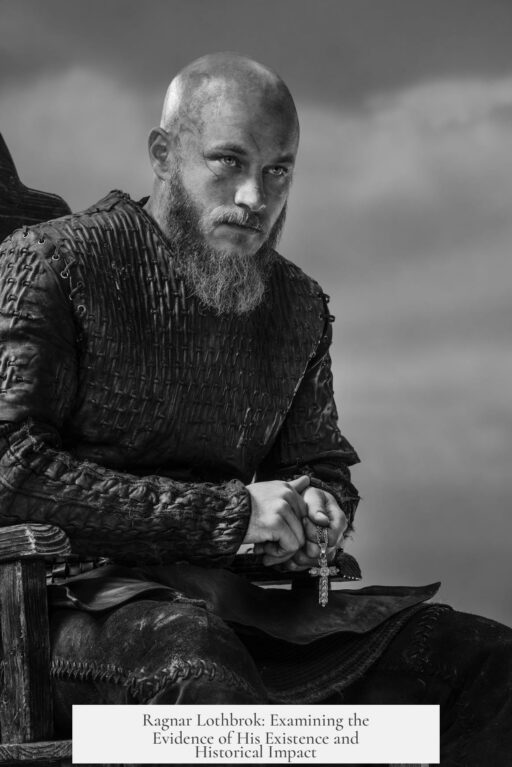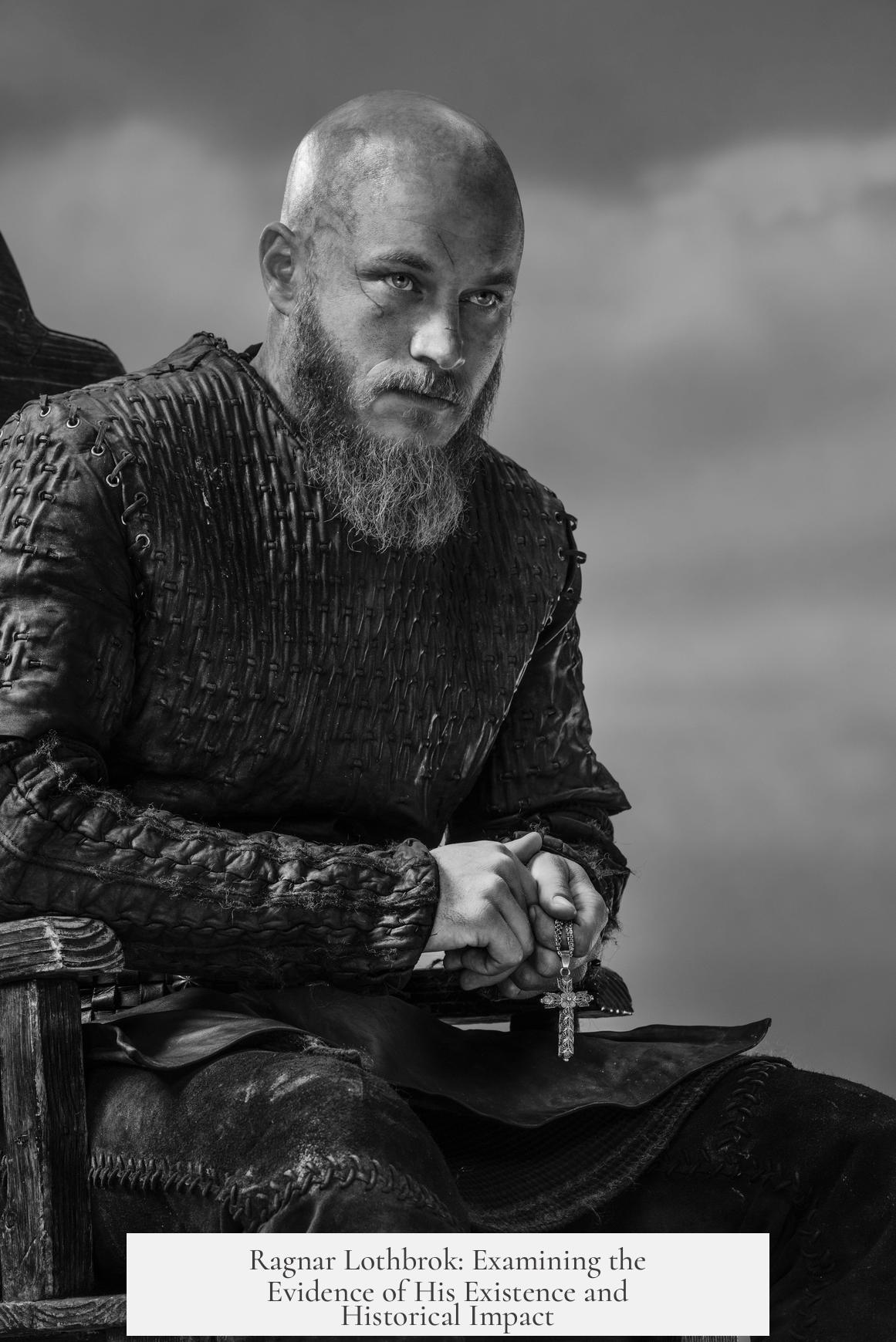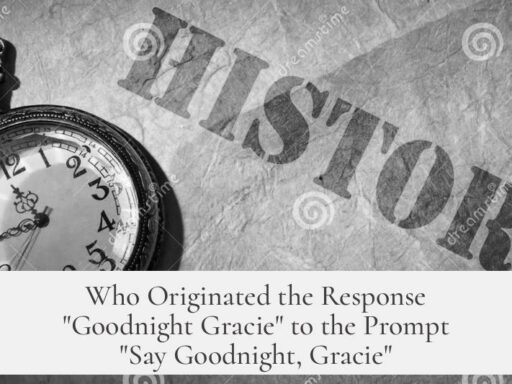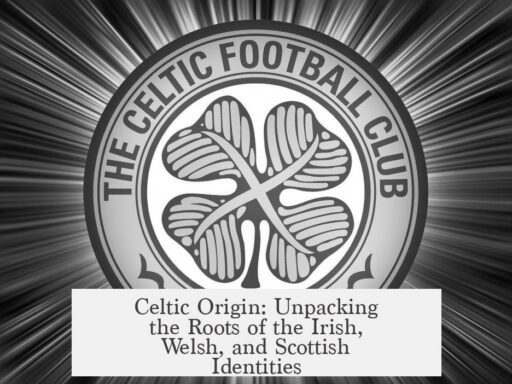Historians remain uncertain about the existence of Ragnar Lothbrok. There is no direct, contemporary evidence proving he was a real individual. Most information about Ragnar comes from medieval sagas and legends that blend history with myth. This makes his historicity highly debated.
Ragnar Lothbrok often appears as a legendary Norse figure in Icelandic sagas and medieval texts. These sources were written centuries after his supposed lifetime. They mix heroic tales, poetry, and folklore, complicating efforts to separate fact from fiction.
Ragnar’s sons, such as Ivar the Boneless and Bjorn Ironside, have stronger historical foundations. Chronicles and annals mention his children in the context of Viking activities in Europe. This leads scholars to accept the sons as real, but consider Ragnar more likely a composite or mythic figure inspired by multiple historical leaders.
The challenge lies in the lack of contemporary records mentioning Ragnar directly. Archaeological evidence does not identify him explicitly, and early medieval writers do not mention him, while his sons appear in separate, more reliable accounts. This discrepancy fuels debate about whether Ragnar was a single person, a title, or a legendary construction.
Discussions on platforms like Reddit’s /r/AskHistorians show ongoing scholarly engagement with this question. Experts highlight how oral tradition and saga literature shaped Ragnar’s image, but emphasize the lack of clear historic proof. They also point out that Viking Age history is often reconstructed from fragmentary and second-hand sources.
Research continues, and new findings or interpretations may clarify Ragnar’s status in the future. For now, he remains a legendary figure symbolizing Viking prowess—potentially based on real people or amalgamations, but with no certain proof of his distinct historical existence.
- Ragnar Lothbrok’s existence is not confirmed by contemporary records.
- Medieval sagas and legends serve as primary but unreliable sources.
- His sons have stronger historical evidence than Ragnar himself.
- Scholars view Ragnar as likely legendary or composite rather than strictly historical.
- Debate and research about his existence continue among historians.
How Certain Are We of the Existence of Ragnar Lothbrok?
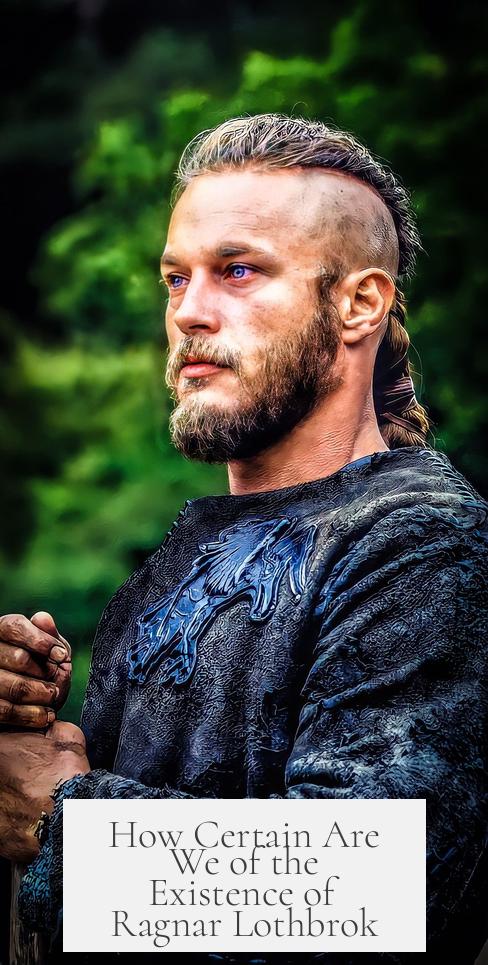
Are we sure Ragnar Lothbrok walked the earth, or is he just a Viking legend spun over centuries? The short answer is: historians aren’t exactly sure. Ragnar’s existence teeters on the edge of myth and reality, making him one of history’s most captivating puzzles.
Let’s dig in and unravel this Nordic knot.
Ragnar: Hero, Legend, or Historical Figure?
We know Ragnar Lothbrok thanks largely to sagas and stories passed down through medieval Icelandic literature rather than solid contemporary records. These tales paint him as a legendary Viking warrior and king, famous for fearlessly raiding England and France.
Yet, here’s the catch—no definitive historical document plainly states, “Yes, this is Ragnar Lothbrok, the man who did all these things.” That’s a big problem if you want historical certainty.
Historians point out that while Ragnar’s sons—heroes like Ivar the Boneless and Bjorn Ironside—have somewhat firmer footing in historical records, Ragnar himself is far fuzzier on the facts. How can the children be real, but the father be half-myth? It’s like meeting your kids’ great-grandparents through stories, but never seeing a single photo.
The Composite Man? A Viking Mashup?

One compelling theory is that Ragnar might not be a single person at all. Instead, he could be a composite—a blend of several Viking leaders’ exploits stitched into one mythic figure over time. That’s a lot like the traditional “tall tale,” but with axes.
This explains why Ragnar’s deeds sound larger than life. Early medieval storytelling didn’t shy away from mixing fact with fantasy. Sagas were part history, part entertainment, and all dramatic flair.
Modern historians remain cautious. They would love concrete proof, like a runestone or saga written during Ragnar’s “time” that can indisputably be linked to him. So far, those treasures remain elusive.
The Sources: Sagas, Legends, and Reddit Debates
Our main sources are sagas—mostly written centuries after Ragnar supposedly lived. These texts blend history with mythology, making it tricky to pick fact from fiction.
Contemporary records, like the Anglo-Saxon Chronicles or Frankish annals, mention Viking raids and warlords. But none explicitly name Ragnar. His legend seems to arise mostly from oral tradition solidified in written form during the 12th and 13th centuries.
Recent discussions, especially on platforms like /r/AskHistorians, highlight the ongoing debate. Experts there sift through sagas, archaeological evidence, and historical records and caution against accepting Ragnar as a straightforward historical figure.
Users such as u/platypuskeeper and u/sagathain have offered detailed insights. Their conversations underscore that “more remains to be written” on this topic, emphasizing that it’s still an open scholarly question.
What Does This Mean for History Buffs and Viking Fans?

If you dream of sword-wielding, bear-skin-clad heroes with flowing beards, Ragnar fits the bill perfectly—but he may be more legend than flesh. Rather like King Arthur in England, Ragnar might symbolize more than a man; he represents an archetype of Viking leadership and valor.
That said, his sons probably walked the earth and played real roles in shaping Viking history. Ivar the Boneless, for example, features in annals about the Great Heathen Army’s invasion of England.
If Ragnar is partly fictional, his sons’ historical footprint gives his legend some grounding. Maybe stories about “Ragnar the Fearless” sprang from several warlords whose tales intertwined.
How Should You Approach the Saga of Ragnar?
- Appreciate the story for what it offers: a rich cultural narrative packed with drama, mystery, and heroism.
- Don’t take every saga detail as gospel: remember these stories evolved through oral tradition before being written down centuries later.
- Follow the historical breadcrumbs: learn about his sons and known Viking campaigns to understand the era’s real impacts.
- Engage with ongoing scholarship: watch for new research or archaeological finds that might shed more light on Ragnar’s true status.
Beyond the Myths: Why This Uncertainty Matters

The debate over Ragnar Lothbrok isn’t just academic nitpicking. It reveals how history and myth intertwine, how humans create heroes, and how memories shape identities over time.
What’s fascinating is this blend keeps Ragnar alive today—through TV shows, books, and lively debates. If he were only a footnote firmly bound in history, would he inspire so much passion?
Sometimes, the line between legend and history blurs. And it’s in that fuzzy space sparks fly, inviting curious minds to explore, question, and imagine.
In Conclusion: Ragnar Lothbrok—Man or Myth?
We cannot say with full certainty that Ragnar Lothbrok was a real person. Historical evidence is inconclusive, and many scholars view him as a legendary or composite figure. Yet, his sons are more firmly grounded in history.
His existence remains a mystery wrapped in a saga, inviting inquiry and imagination. Whether you see him as a hero of history or a beacon of Viking lore, one thing’s clear: Ragnar Lothbrok continues to capture hearts and minds centuries later.
Now, here’s a thought: If Ragnar was indeed a myth born from many warriors’ tales, what does that say about the power of stories in shaping our view of the past? Does history need heroes, even if they’re half fiction? Something to ponder with your next cup of mead.
